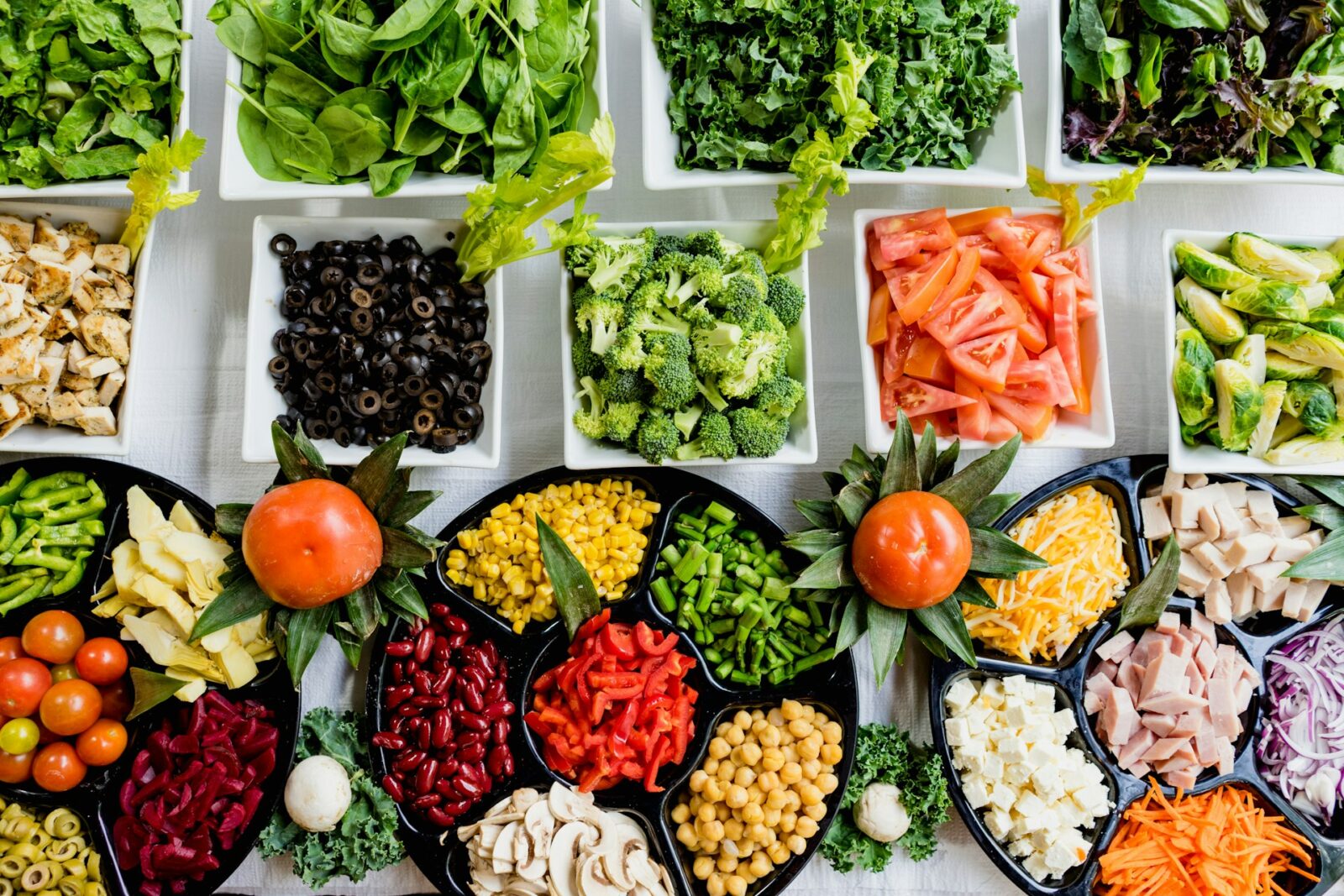Food safety wasn’t just a trend that would soon fade away; it is the corner stone to the success of your restaurant. Being a restaurant owner, there are dozens of purposed you may have, but making sure that the food served to the customers is safe should be the priority number one. Foodborne diseases are known to cause huge reputational and financial damage to business ESSAY. Just try to picture customers to fainting after eating at your place; it a something noone wants to go through.
Consumers have more and more interesting stories they tell to or about their meals; however, not every food-related story has a happy ending if meals’ safety is not taken into consideration. Your staff has to realize how essential they are in keeping standards so all customers leave happy, not sickened at home. Let us assume the mantle and trusting for a proper change in prevailing environment safety pledges for food products!
Importance of following food safety guidelines
Since food safety is critical in any food business, then food safety procedures are must have in Restaurants. They safeguard the corporate image and the health of the customers and the employees in particular. If these protocols are observed, the incidences of food borne illnesses is greatly reduced.
Sticking to certain requirements assists in creating trust with your patrons. A person will always feel comfortable when he or she is served meals prepared under clean surroundings. Such assurance can result to business continuity by the clients and favorable referrals by other consumers.
In addition, adherence to the regulations on food safety reduces the odds of facing the law or paying steep penalties in a restaurant. In health inspections you are usually prepared for and so by doing so, you are showing the officers that you are professional and you are willing to offer a nice looking service.
Another important factor is also the training of the kitchen crew. As far as hygiene practices are concerned knowing how to deal with ingredients helps make sure everyone acknowledges the general practices in the kitchen. This ensures that within your establishment there is unbeatable safety culture that will find an echo at every level of its operation visit : https://www.aia.edu.au/.
Common causes of foodborne illnesses in restaurants
Food borne diseases are usually arising from different abuses in restaurants. One of the causes a lot of people are also found to be caused by cooking temperatures that have not been adequately controlled. Raw meats or eggs can be Colonized by bacteria that cause severe health complications when ingested.
Another factor is cross-contamination which is a big deal in research studies. Raw meat when in contact with surfaces or materials used in handling cooked foods a cross contamination is easily done. This risk increases even further if the employees are not trained on the right handling of foods.
Cohort factors that play part include; Staff and patient’s poor personal hygiene also plays a vital role. When people do not wash hands with clean water after using the restroom or handling unclean objects, they deposit bacteria on foods.
The lack of proper storage environment also forms an added layer of threat as indicated below. Raw food ingredients that are stored at the wrong temperatures for instance get spoiled easily, become more prone to bacteria that cause foodborne illnesses among the patrons.
It is important for any restaurant to understand these causes in order to meet heightened benchmarks of safety and quality as seen in kitchen operations.
Tips for improving food safety in your restaurant
This theme therefore means that improving food safety cannot be passive. Begin with raising awareness of your employees by constant training on the topic of proper handling of foods. Education is strength and informed workers na, in addition, are required.
It is recommended using different colored cutting boards on order to avoid the risk of raw meats contaminating vegetables. This can go along way in reducing the likelihood or risk of an infection from pathogens in our daily lives.
Use good quality thermometers in order to meet up with internal temperatures of foods or dishes. Check that the hot foods are held at 140,f and the cold foods are held below 40,F. It is necessary to sustain these parameters during service delivery.
Set standard procedures concerning how often and in which ways particular areas and objects touched when preparing food should be cleaned. This it is possible to do for a clean workspace has a way of reducing the risk of contamination in a very big way.
Daily check the state of inventories to determine whether the ingredients have gone bad. While ordering the inventory, FIFO is followed which is beneficial in managing the freshness product without compromising on the waste level.
Proper handling and storage of ingredients
This means that the management of ingredients is an important control point to ensure that your restaurant is food safe. It begins with understanding what temperature range, say, for poultry, beef, organ meats, and the like should be cooked at. Shelf life food should be kept refrigerated as soon as possible and never allow them to stay at normal temperature.
For dry foods, plastic bins or plastic containers are the best as they do not let any form of contamination in. Make a point of putting dates on everything so you know which products are fresh and which are not. This simple practice assist in minimizing wastages and makes sure that customers are served with the best from your business.
While cooking, wash your hands often before encroaching into the foods you are preparing to eliminate bacterial transfer. Cross contamination should not occur it is recommended that a different cutting board should be used when chopping raw meat and vegetables.
Usually, keep your inventory levels low and turn stock around make first in first out! This way, you avoid problems that are strongly connected with expired products or spoiled foods put in the back of the shelf. All the little efforts matter when it comes to making dining safe while at the same time reassuring the customers of your establishment’s quality.
Cleanliness and sanitation practices
Cleaning and sanitation are major aspects that businesses in the restaurant industry must embrace to decrease dangers of food born illnesses. Laundry, dusting and polishing and sweeping all have their own schedules and they also play such a big role. The first step is to clean the surfaces of foods with the right sanitizers. For the low-frequency, high-contact objects such as door handles and menus, special attention should be made.
Remind staff to wash their hands more often and to do it properly. Soap and disposable towels should be always present at the handwashing stations. Tell employees not to touch food when dirty, or after visiting the washroom as a measure of ensuring hygiene.
Furthermore, it is recommended that kitchens and related equipment are clean and maintained in the correct manner. These include ovens and grills, cutting boards and knives, ladles, and many other items. Soft serve equipment can be dirty and get in contact with bad bacteria which are transferred to the food.
Bring your employees to a clean environment for them to embrace cleanliness in their work facilities. Conduct training meetings with the staff frequently on sanitation understanding the current status of everyone on the company’s expectation.
Washing your dishes regularly plus using proper methods of handling food greatly help lower the chances of flu spreading in your business place and offer customers a healthy eating environment they are going to love.















